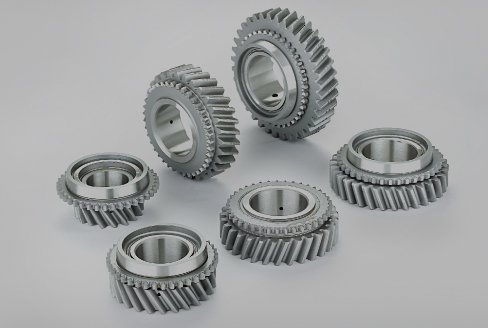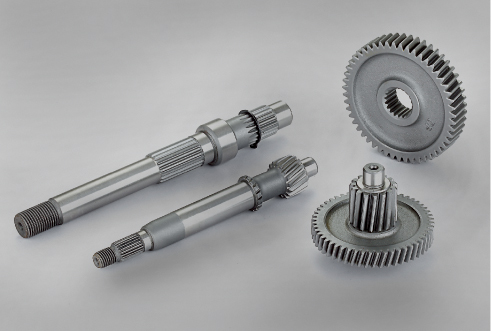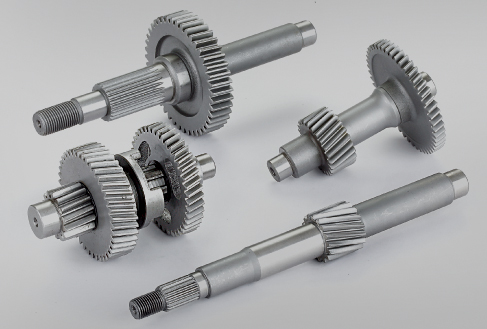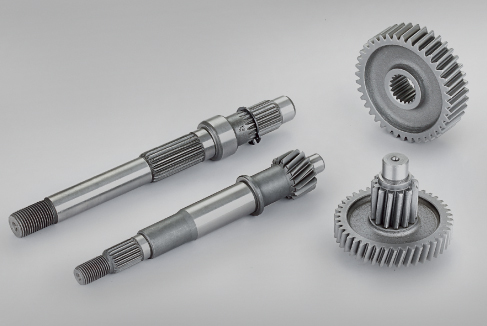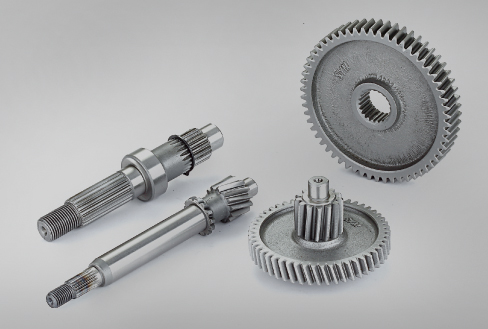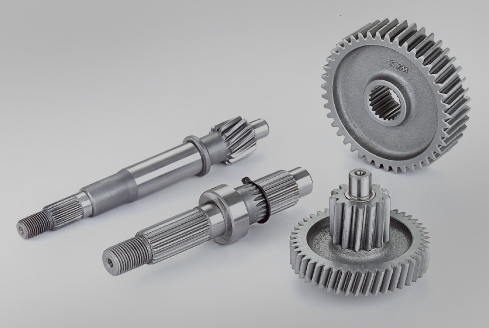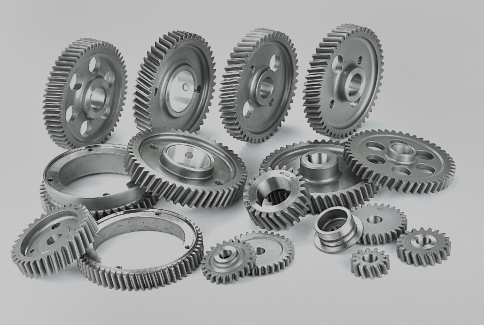Professional manufacturer of automobile transmission gears, mechanical engineering gears, engine gears, light and heavy trucks, and truck transmission gears.
Advancements in Automotive Transmission: Enhancing Driving Experience and Efficiency
Update time:2024/03/13
Custom automotive transmission, Cheap automotive transmission, car transmission in China
In the realm of automotive engineering, the evolution of transmission systems plays a pivotal role in shaping the driving experience and enhancing vehicle efficiency. From manual to automatic, and now to sophisticated electronic transmissions, the journey of automotive transmission technology has been marked by continuous innovation aimed at delivering smoother rides, improved fuel economy, and enhanced overall performance.
Traditionally, manual transmissions dominated the automotive landscape, requiring drivers to manually shift gears using a clutch pedal and gear stick. While manual transmissions offer a certain level of control and engagement for driving enthusiasts, they require skillful coordination and can be cumbersome in heavy traffic or urban settings. However, their simplicity and mechanical robustness have made them enduring choices for certain applications, such as high-performance sports cars.
The advent of automatic transmissions revolutionized the driving experience by eliminating the need for manual gear shifting. Leveraging hydraulic and later electronic control systems, automatic transmissions seamlessly adjust gear ratios based on driving conditions, allowing for smoother acceleration and improved fuel efficiency. This innovation democratized driving, making it more accessible to a wider range of individuals, including those with limited mobility or driving experience.
Continuing the trajectory of innovation, modern automotive transmission systems have evolved to incorporate advanced technologies such as continuously variable transmissions (CVTs) and dual-clutch transmissions (DCTs). CVTs offer an infinite number of gear ratios, enabling engines to operate at their efficient speeds under varying load conditions. This results in improved fuel economy and a smoother driving experience, particularly during acceleration.
On the other hand, DCTs combine the efficiency of manual transmissions with the convenience of automatics by using two separate clutches for odd and even gears. This enables lightning-fast gear changes without the interruption of power delivery, providing a sportier driving feel while maintaining fuel efficiency. DCTs have found favor among performance-oriented vehicles, where quick and precise gear shifts are paramount.
Furthermore, the integration of electronic control units (ECUs) and advanced sensors has empowered automotive transmission systems with adaptive capabilities. These systems can monitor driving patterns, road conditions, and vehicle load in real-time, adjusting shift points and torque distribution to optimize performance and fuel efficiency. Adaptive transmission systems contribute to a more personalized driving experience, catering to individual preferences and driving styles.
Beyond traditional internal combustion engines, the rise of hybrid and electric vehicles has presented new challenges and opportunities for automotive transmission technology. Hybrid powertrains often utilize electric motors in conjunction with internal combustion engines, requiring transmission systems capable of seamlessly integrating power from multiple sources. Continuously variable transmissions have emerged as a popular choice for hybrid vehicles, offering smooth power delivery and enhancing efficiency across a wide range of operating conditions.
Looking ahead, the future of automotive transmission technology promises further advancements in efficiency, performance, and connectivity. Emerging technologies such as predictive analytics and artificial intelligence are poised to revolutionize how transmission systems operate and interact with other vehicle components. By analyzing vast amounts of data in real-time, AI-powered transmission systems can anticipate driver behavior, optimize shift strategies, and proactively address potential issues, leading to enhanced reliability and durability.
In conclusion, automotive transmission systems have come a long way from their humble beginnings, evolving into sophisticated and adaptable components that play a crucial role in modern vehicles. Whether it's improving fuel economy, enhancing performance, or accommodating alternative powertrains, transmission technology continues to push the boundaries of innovation, enriching the driving experience for motorists around the world.

 简体中文
简体中文 English
English España
España Русский язык
Русский язык
